[COVID-19] To help mitigate COVID’s impact on small businesses, Kolau is waiving the fee to create a FORBES™ Award-Winning website with e-commerce enabled.
Create your website quickly and easily clicking here – Offer available for a limited time only.
Companies that have other companies as customers are known as Business to Business or B2B companies. They create products or services for them just like other retail companies which means they need to be promoted like any other business.
If you’re part of a B2B company and are trying to find better ways to market your business, consider digital marketing techniques specifically designed for these unique companies.
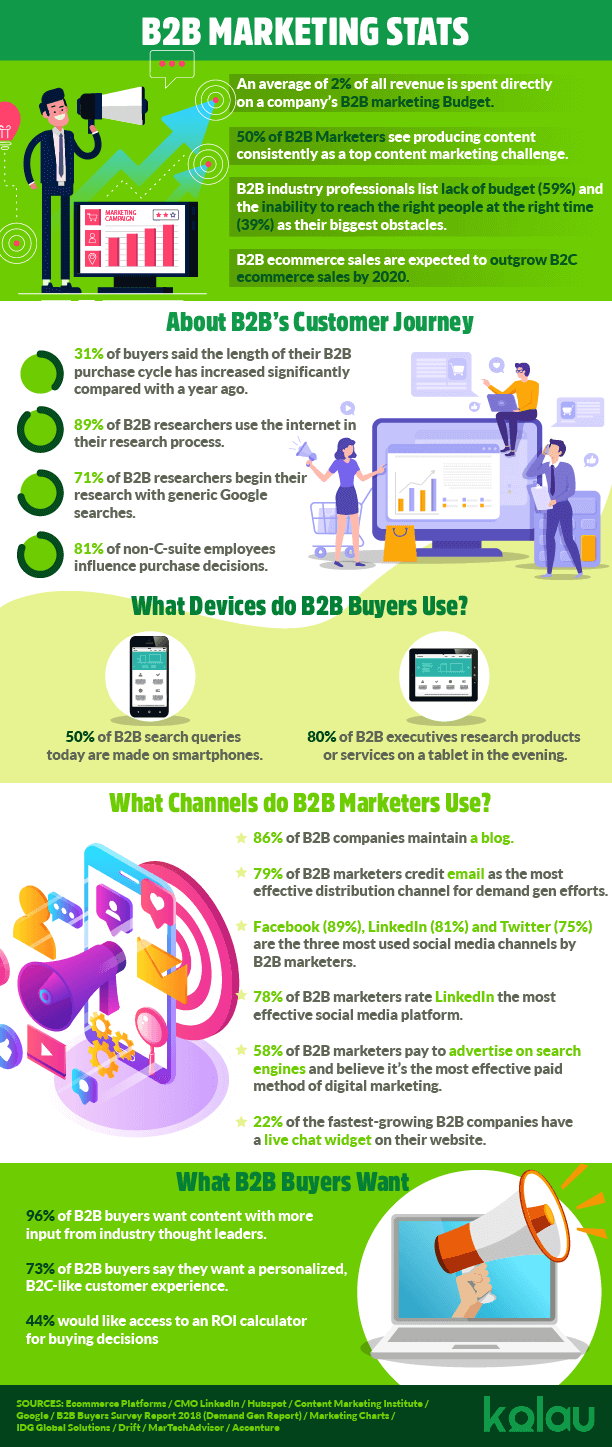
Approaching B2B Marketing
B2B marketing is usually done on a smaller scale and can sometimes be more complex for companies due to the difficulty of approaching their final clients. These aren’t usually the top executives but instead, are employees in charge of purchase decisions.
In order to sell your products or services, it’s essential for B2B companies to know how their customers will buy them. To do this, Google did a study tracing the process of buying a B2B company and it showed that it usually begins on the website. The study showed that 90 percent of B2B opportunity seekers do a search online first. Specifically, they make an average of 12 searches before they settle on a specific brand.
This search begins in a generic way 71 percent of the time. Little by little, it becomes more specific until it reaches one company. For example, if someone searches for a cleaning products provider, they’ll type that in the Google search engine. Clients don’t look for you as an enterprise at the beginning so paid generic searches can pay off.
Before a B2B buyer decides on a company, it’ll go through several pages of your competitors. You have to concentrate on making your site the best it can be for this reason.
“It’s not enough to just offer your brand’s products. Influence and decision-making are occurring earlier in the purchase route, even before the recognition of the brand”, the study says. “Identify where you can be part of the conversation from the beginning and during that search.”
Thus, a B2B company has to prepare to face a buyer who expects the same experiences that he expects as a consumer who would go through the same search process to find what they’re looking for. This information makes having a significant web presence important. It sounds logical, but some might be surprised to learn that a large number of companies—especially small ones—don’t have a website.
For example, in Spain, 47.6 percent of microenterprises lack a web page and, as curious as it may seem, the percentage of SMEs that don’t have one increases up to 88.1 percent, according to the National Telecommunications Observatory and Information Society.
In Spain, 32.1 percent of SMEs and large organizations make purchases through this medium, while 16.6 percent of micro-companies do so, according to data from the National Observatory of Telecommunications and the Information Society. Your website is basically the first point of contact for B2B companies, so a company of this type (and really any business) has to be present in the best possible way.
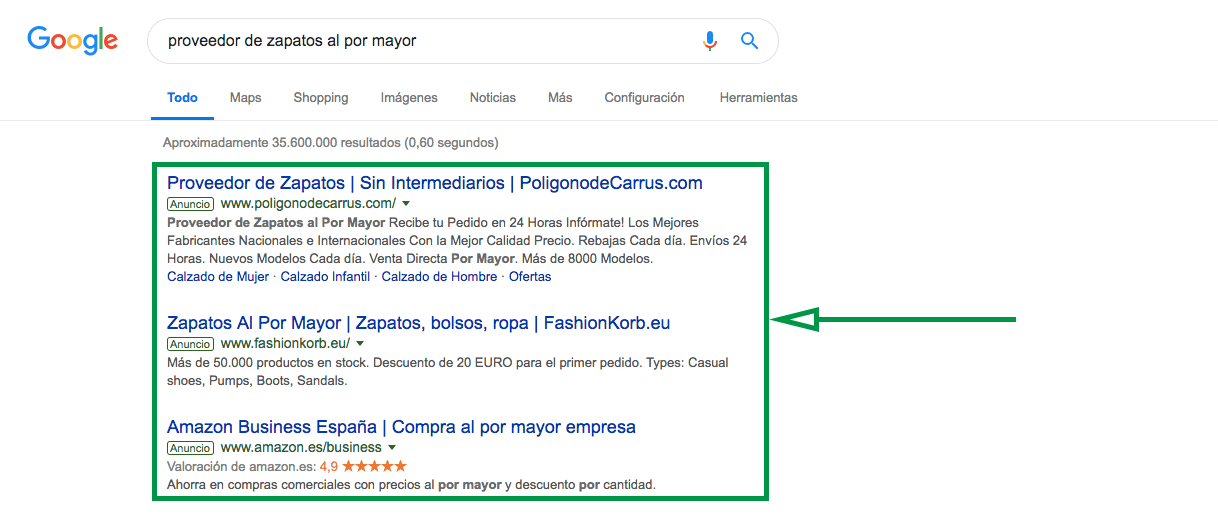
As you can see, knowing how to reach your targeted market is a critical step in increasing your bottom line. Here are four tips to help you do this and create the best digital marketing strategy for your company.
1. Optimize your page so that it appears in search engines
According to a survey conducted by Google a couple of years ago, the audience for B2B companies is online with 89 percent of B2B buyers looking for purchase information on the web. Things have changed and B2B customers today don’t expect to deal with a sales professional until they want to close the sale. Most importantly, they expect the same digital experiences they would find as customers, according to Google.
You need to position your page within the first results of Google so those B2B clients can find you when they do a search.
There are two ways in which websites are positioned in Google, the paid one (SEM, Search Engine Marketing) and the non-paid one (SEO, Search Engine Optimization). Each case is particular, but a very general recommendation is that a site should use both to position itself on search engines properly.
This is one of the most important recommendations when drawing up a digital marketing strategy. It’s very important to have good, quality content because this will grow your social channels, capture leads and transform them into sales in an organic way.
That being said, it’s not usually enough, so you need to consider a paid campaign for your most valuable content. Check your metrics and choose the content that has the best results. Improve it and then start a paid campaign.
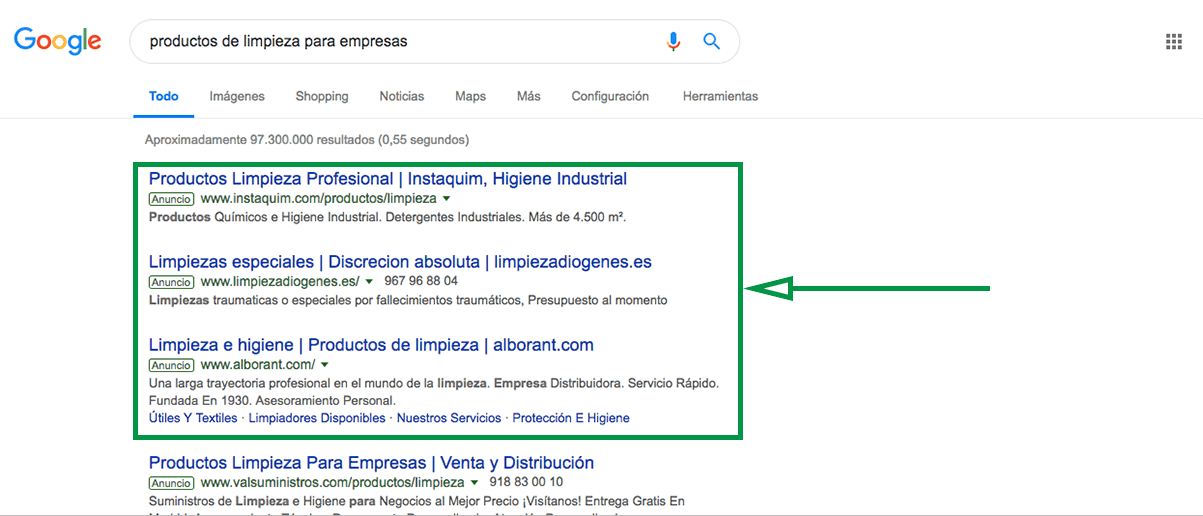
2. Create a strategy and direct it correctly
Like all business actions, digital marketing ones must have a strategy. This strategy has to be directed to who is going to buy your products or services. In the case of a B2B company, this is not always easy to determine. First, draw the “customer journey”, the path that your customers travel throughout the purchase process. As a B2B company, your customers are other companies, but this doesn’t mean that it makes this process simple.
Google’s research knocked down several myths about B2B marketing and how it was believed that it had to be targeted to high-level executives. Their study showed that this simply isn’t the case as the people making purchase decisions aren’t those who run the organization.
This investigation showed that the strategies targeting these executives are not as effective as they were before. Those that influence the purchase search have changed and are now employees who are not the heads of the organizations. According to the study:
81 percent of a given company has a say in purchasing decisions while 64 percent of the final decision falls on senior managers
What will almost always resonate in this decision making are these employees’ voices. “Clearly, if you’re marketing only to the highest level, you’re overlooking the people who need to notice you”, Google explains.
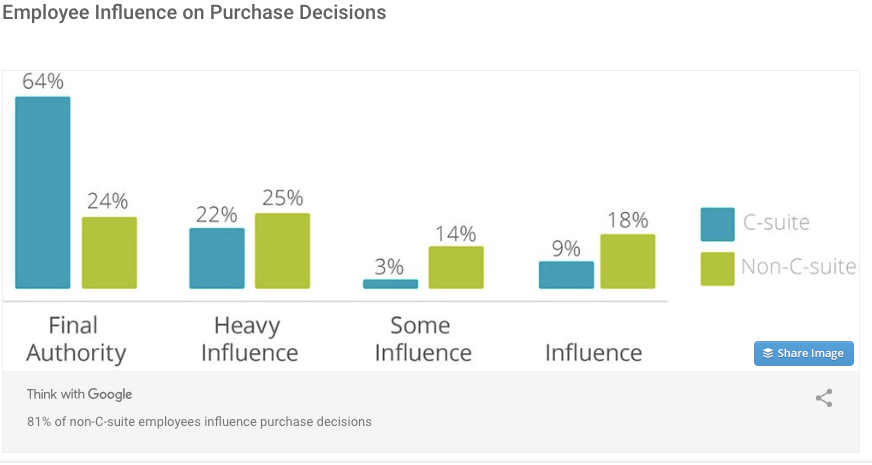
One tip in doing this is to make sure you don’t neglect the mobile version of your site. According to Google’s study, 42 percent of B2B business customers use a mobile device when searching to buy and this is growing very fast. “They are comparing prices, reading about products and contacting companies”, the study says. “But they are also buying. The purchase rate through these devices grew 22 percent in the last two years”.
Today, more than ever, a company has to have a site that is completely responsive to any device so your strategy always has to include proper device optimization in order to offer your customers rich experiences. Remember, they seek the same quality of experiences as any consumer.
3. Use a blog
This is constantly being noted as one of if not the best way for any company to engage with your target audience. Specifically, it’s the preferred channel for a B2B company to communicate with its potential customers.
According to a Hubspot study,
Companies that have a blog have 55 percent more visitors to their websites.
This helps convert potential customers to actual customers thanks to the information on your website. This translates into more leads.
Numbers from the same platform indicate that companies with a blog see their leads growing 126 percent more than those that don’t. So, those companies that take the time to blog get more than double the data of potential customers who are interested in the company and the information it generates.
Having a blog can help a company in many ways, including the fact that Google indexes much more (434 percent more, specifically) of its pages. The more indexed pages you have, the more opportunities you have for your site to be found by Google’s search engines and, consequently, the more likely it will appear organically among the first sites when someone does a related search.
Another benefit is that marketing specialists who prioritize blogging are 13 times more likely to enjoy a positive return on investment in addition to being considered as a trusted source. According to Hubspot, blogs are the fifth most reliable source of truthful information on a given topic.
Publications in a corporate blog should be constant as this greatly increases the possibility of increasing traffic to the company’s site. B2B companies that published 11 times or more a month have more traffic than those that did not publish or did so only once a month.
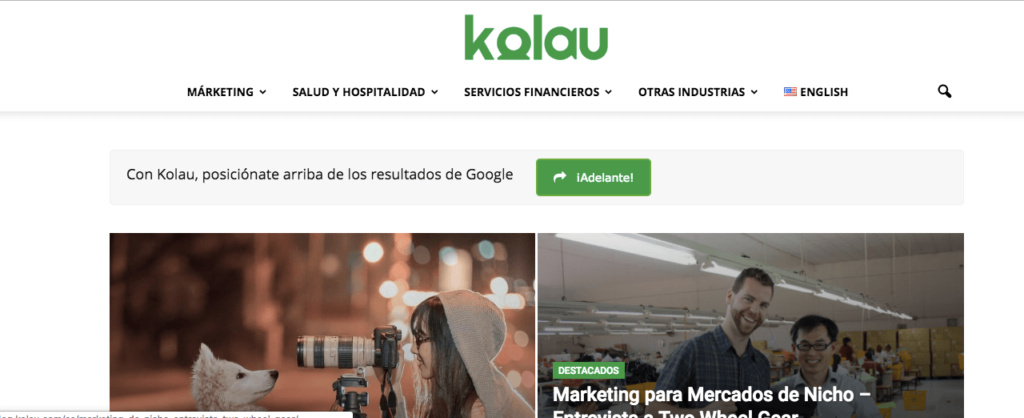
4. Use LinkedIn and professional networks
LinkedIn is the largest professional network in the world and the most recommended for companies in the B2B market. There are more than 500 million users on it, of which a large part are professionals or people who lead to or are part of organizations. It’s not by chance that it’s the favorite social platform for B2B’s content marketing specialists.
According to a Content Marketing Institute study, 97 percent used LinkedIn in their strategy. More so, among the three most effective networks (LinkedIn, Twitter and Facebook), LinkedIn is in first place with 78 percent thinking it’s the most effective for content marketing purposes. LinkedIn is a way to drive traffic to your company’s site and generate sales.
According to a LinkedIn guide on how to market on their platform, the first thing an entrepreneur has to do is to create their own profile. “Your LinkedIn profile and that of all the other members of the company are the peaks that come together to form the mountainous chain of your brand”, the guide states.
When people look for your name, you want them to find you and find something that makes you more attractive than your competitors. If you don’t already have one, make a LinkedIn profile. Here are some tips for you to do it well.
- Add a photo (this increases the chances of connecting with someone nine times).
- Update it with your current position.
- Add your current location.
- Upload videos, images or any file so people can know you better.
If you make a good profile, it will help convince the people who see you and who are interested in doing business with your company say yes when you approach them with your business proposition.
You’ll also need to make a business profile on LinkedIn. When making a LinkedIn page for your company, it needs to be complete. According to statistics from the same platform:
30 percent of companies that complete all of their profile information get more visits per week.
This information includes the description which should contain phrases and keywords that define the mission and purpose of your company. You’ll also need to have the company logo, web address, location, industry and the size of your organization.
Now, you have to figure out whether you want to generate leads (potential clients that give you their contact data) or get brand awareness through your LinkedIn presence. As in any strategy, you need to be clear about your goals. This is the third marketing tip of the LinkedIn guide after making your own profile and that of your company. It has to do with what you want to achieve with the platform.
Start by getting to know your audience. From there you can tailor the content for them. “For example, your company sells a productivity tool for social media specialists and you want to encourage them to try it. If they do, they’ll probably recommend it to their bosses”, the guide explains. In this case, your goal would most likely be to increase brand awareness. This calls back to the “customer journey”, that was discussed earlier.
In this example, while companies are the final target for your product, the social media professionals within the company who make the purchasing decisions need to be the initial marketing target. This means your efforts should be focused on them trying out your product, entering into an exclusive deal with your brand and seeing that you are the best option to increase their productivity.
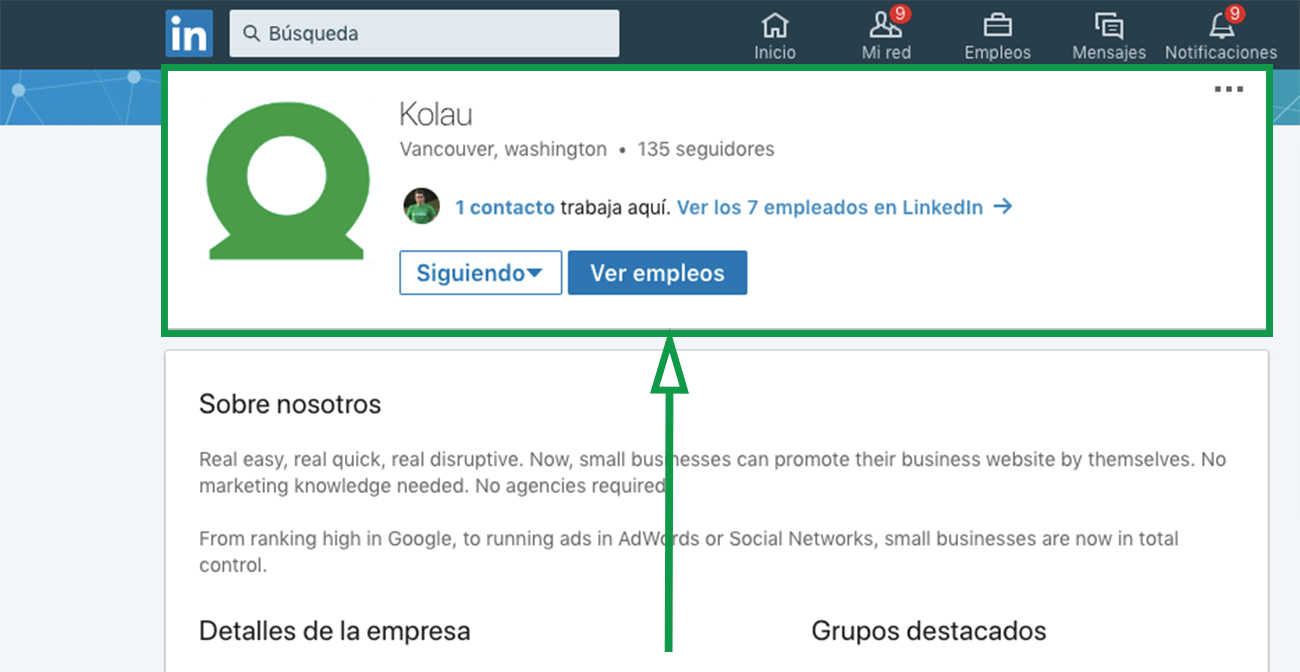
In addition to LinkedIn, you need to investigate other social platforms your targeted companies use. There are usually industries that have their own networks, too, so don’t forget to also use those.
These are four relatively simple things you can do to start marketing your B2B business on a digital platform. Go through each tip and use them to the best of your abilities. Consider hiring professionals for things like content development and SEO if you aren’t comfortable with these strategies. If done properly, you can expect a good return for all of your marketing efforts.

















